|
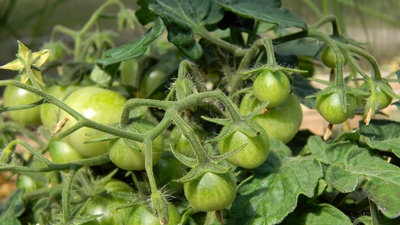 At the end of the last century, a cabbage butterfly fell on the cabbage. Since there were no pesticides in those days, expert gardeners mostly exchanged experiences. At the end of the last century, a cabbage butterfly fell on the cabbage. Since there were no pesticides in those days, expert gardeners mostly exchanged experiences.
|
|
|
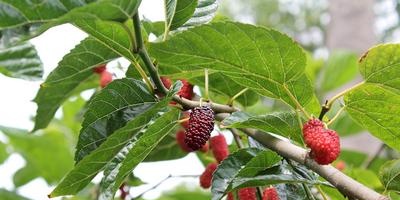 When I first flew to the Pamirs, I was very surprised to see trees on the mountains, cut in the same way as in the city. At first I took them for poplars and wondered: why cut the trunks here, among the mountains? When I first flew to the Pamirs, I was very surprised to see trees on the mountains, cut in the same way as in the city. At first I took them for poplars and wondered: why cut the trunks here, among the mountains?
|
|
|
 The vast majority of insects survive the winter in a state of suspended animation. Anabiosis (Greek revival) is the suspension of the body's vital activity under unfavorable conditions of existence. The vast majority of insects survive the winter in a state of suspended animation. Anabiosis (Greek revival) is the suspension of the body's vital activity under unfavorable conditions of existence.
|
|
|
 In the last 10-15 years, in some areas where horticulture is well developed, there has been a strong reproduction of mining moths. Their damage causes a decrease in the assimilation surface of the leaves, since they are completely covered by mines (tunnels) of caterpillars, and sometimes fall off. In the last 10-15 years, in some areas where horticulture is well developed, there has been a strong reproduction of mining moths. Their damage causes a decrease in the assimilation surface of the leaves, since they are completely covered by mines (tunnels) of caterpillars, and sometimes fall off.
|
|
|
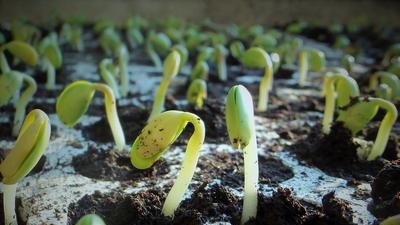 The writer Wanda Vasilevskaya, while traveling around China, ended up in a monastery with Buddhists. When it was time for dinner, she discovered that the monks' food was not at all vegetarian, as it should be according to the charter, but the most common, meat one. She was served: fried goose, sparrows with cabbage, fried already, and chicken with pasta and mushrooms. The writer Wanda Vasilevskaya, while traveling around China, ended up in a monastery with Buddhists. When it was time for dinner, she discovered that the monks' food was not at all vegetarian, as it should be according to the charter, but the most common, meat one. She was served: fried goose, sparrows with cabbage, fried already, and chicken with pasta and mushrooms.
|
|
|
 One of the characteristic biological features of the walnut is dichogamy, that is, the non-simultaneous flowering of male and female flowers on the same tree. One of the characteristic biological features of the walnut is dichogamy, that is, the non-simultaneous flowering of male and female flowers on the same tree.
|
|
|
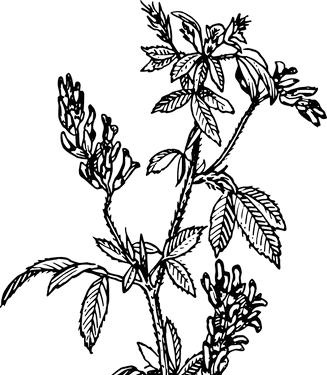 Alfalfa! Queen of herbs of the planet. This is the opinion of the breeders. This plant has an almost ideal ratio of protein, fat and carbohydrates. Almost all the vitamins a four-legged needs. Almost twice as much protein as clover. And alfalfa grass dries twice as fast as any other. Alfalfa! Queen of herbs of the planet. This is the opinion of the breeders. This plant has an almost ideal ratio of protein, fat and carbohydrates. Almost all the vitamins a four-legged needs. Almost twice as much protein as clover. And alfalfa grass dries twice as fast as any other.
|
|
|
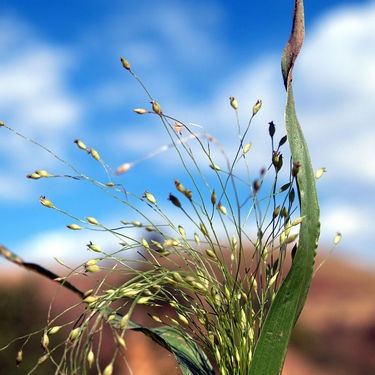 When buckwheat harvests began to become scarce, when they began to doubt whether it was worth sowing this culture further, they remembered millet. Millet in those years was sown from time to time. If winter crops died or spring bread failed, they were replaced with millet. When buckwheat harvests began to become scarce, when they began to doubt whether it was worth sowing this culture further, they remembered millet. Millet in those years was sown from time to time. If winter crops died or spring bread failed, they were replaced with millet.
|
|
|
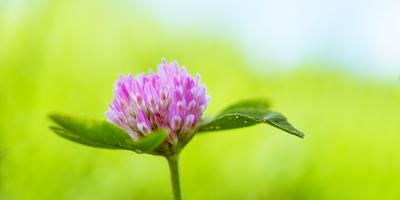 At the beginning of the last century, even before the invasion of Napoleon, there was much talk in Russia about the eccentricities of the Tula landowner A. Roznatovsky. Having a lot of good hayfields, he began to sow woodpecker grass for cattle fodder. At the beginning of the last century, even before the invasion of Napoleon, there was much talk in Russia about the eccentricities of the Tula landowner A. Roznatovsky. Having a lot of good hayfields, he began to sow woodpecker grass for cattle fodder.
|
|
|
 Surpassing pumpkin in fruit size is difficult, if not hopeless. The classic vegetable business professor N. Kichunov was proud at one time that he had grown a pumpkin weighing half a centner, and then it turned out that there are even larger ones. Surpassing pumpkin in fruit size is difficult, if not hopeless. The classic vegetable business professor N. Kichunov was proud at one time that he had grown a pumpkin weighing half a centner, and then it turned out that there are even larger ones.
|
|
|
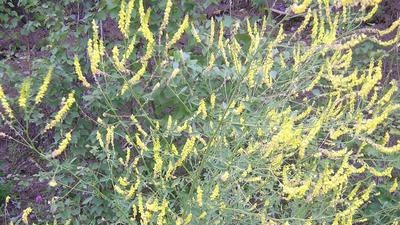 Stern! For tetrapods, they should also be varied, like our food. The ideal for collecting them is a natural meadow. It contains fifty different types of herbs, or even more. Stern! For tetrapods, they should also be varied, like our food. The ideal for collecting them is a natural meadow. It contains fifty different types of herbs, or even more.
|
|
|
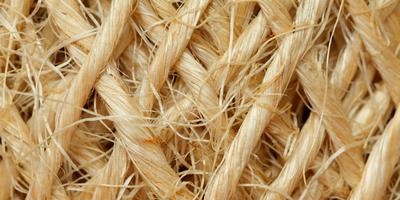 In previous years, peasants always considered hemp to be a special creature. Plant number one. Even the daily bread - wheat and rye faded into the background. Wheat was sown wherever necessary. Hemp was assigned a plot next to the estate, so that you could always see how she lived there. In previous years, peasants always considered hemp to be a special creature. Plant number one. Even the daily bread - wheat and rye faded into the background. Wheat was sown wherever necessary. Hemp was assigned a plot next to the estate, so that you could always see how she lived there.
|
|
|
 During the First World War, when the threat of scurvy hung over the trenches, heavy and sticky black pancakes began to be brought to the front. In color and thickness, they resembled the usual roofing paper with which the roofs of sheds are covered, and were also rolled into rolls. During the First World War, when the threat of scurvy hung over the trenches, heavy and sticky black pancakes began to be brought to the front. In color and thickness, they resembled the usual roofing paper with which the roofs of sheds are covered, and were also rolled into rolls.
|
|
|
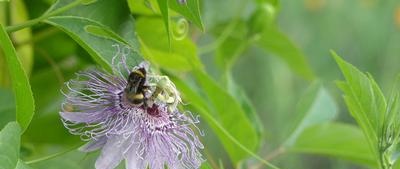 The tropical liana passionflower, a fruit ornamental plant that grows not only in the garden, but also in indoor areas, has about 400 species. Her homeland is South America. The tropical liana passionflower, a fruit ornamental plant that grows not only in the garden, but also in indoor areas, has about 400 species. Her homeland is South America.
|
|
|
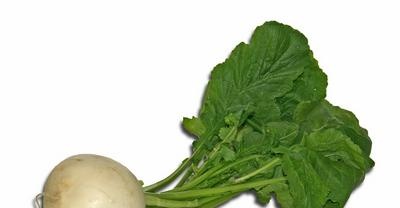 The old Russian fairy tale "Grandfather planted a turnip" is, apparently, not about the usual yellow-skinned turnip, but about the fodder - turnip. It is turnips that grow such enormous root crops that even call for help. Five or six kilos. The old Russian fairy tale "Grandfather planted a turnip" is, apparently, not about the usual yellow-skinned turnip, but about the fodder - turnip. It is turnips that grow such enormous root crops that even call for help. Five or six kilos.
|
|
|
 Flowers have always brought joy to people. But tastes change. Cannes is in vogue today, tulips tomorrow, carnations the day after tomorrow. Once upon a time, kings extolled potatoes. Then they admired the sunflower. Flowers have always brought joy to people. But tastes change. Cannes is in vogue today, tulips tomorrow, carnations the day after tomorrow. Once upon a time, kings extolled potatoes. Then they admired the sunflower.
|
|
|
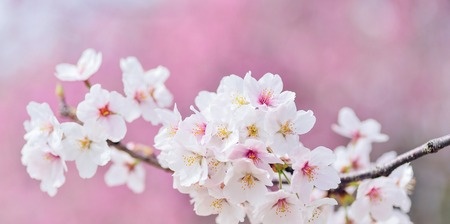 The opinion about cherries is not always flattering: "A bone in a bag with sweet water." And it is true, no acid in it, no real sweetness. There is only freshness. And another trump card - it ripens early. Before cherries, apples, pears, watermelons and, of course, grapes. The opinion about cherries is not always flattering: "A bone in a bag with sweet water." And it is true, no acid in it, no real sweetness. There is only freshness. And another trump card - it ripens early. Before cherries, apples, pears, watermelons and, of course, grapes.
|
|
|
 Kabardino-Balkaria occupies a picturesque place in the foothill zone of the central part of the North Caucasus. Kabardino-Balkaria occupies a picturesque place in the foothill zone of the central part of the North Caucasus.
|
|
|
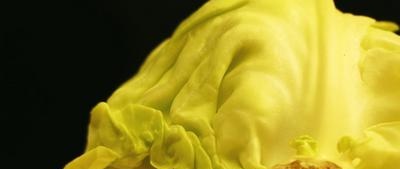 When I went abroad after the war, I chose Cuba. The first lunch on tropical land began with a head of cabbage. At first we wondered: why not bananas, pineapples, not grapefruits, which are full of them, but our humble northern vegetable? Then there was Australia - a region as banana-pineapple as Cuba. When I went abroad after the war, I chose Cuba. The first lunch on tropical land began with a head of cabbage. At first we wondered: why not bananas, pineapples, not grapefruits, which are full of them, but our humble northern vegetable? Then there was Australia - a region as banana-pineapple as Cuba.
|
|
|
 In 1814, the French officer Captain Frisier returned to his homeland from Chile. As a souvenir, he brought out a few strawberry bushes. It was not an ordinary small-fruited berry that the French picked in the forest and planted in the garden. The Chilean was ten times larger. In 1814, the French officer Captain Frisier returned to his homeland from Chile. As a souvenir, he brought out a few strawberry bushes. It was not an ordinary small-fruited berry that the French picked in the forest and planted in the garden. The Chilean was ten times larger.
|
|
|
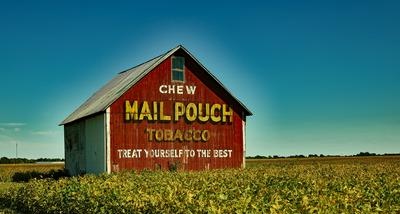 The rarest of the Tabakov is considered to be the heart-leaved species. He survived only on the island of Mas-a-Tierra, where the sailor A. Selkirk (Robinson Crusoe) was serving his exile. The rarest of the Tabakov is considered to be the heart-leaved species. He survived only on the island of Mas-a-Tierra, where the sailor A. Selkirk (Robinson Crusoe) was serving his exile.
|
|
|
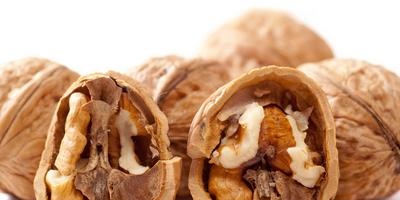 Walnut is a valuable, widespread culture in Uzbekistan. The total area of walnut plantations in the country is about 4500 hectares. Walnut is a valuable, widespread culture in Uzbekistan. The total area of walnut plantations in the country is about 4500 hectares.
|
|
|
 It is said that nowhere is oranges tastier than on the island of Trinidad. But they never appear in European markets. It is said that nowhere is oranges tastier than on the island of Trinidad. But they never appear in European markets.
|
|
|
 A resident of the city of Khvalynsk G. Cherebaev set himself the task of ruining the cherry orchard. He bought a cherry orchard. The previous owner cut down some of the trees before the sale so that the site had a well-groomed look. A resident of the city of Khvalynsk G. Cherebaev set himself the task of ruining the cherry orchard. He bought a cherry orchard. The previous owner cut down some of the trees before the sale so that the site had a well-groomed look.
|
|
|
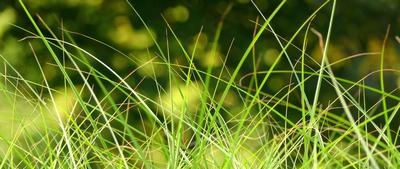 Miscanthus or fanny is a herbaceous plant native to Africa and America. Miscanthus is popular as an ornamental cereal. There are about 40 species in total. Miscanthus or fanny is a herbaceous plant native to Africa and America. Miscanthus is popular as an ornamental cereal. There are about 40 species in total.
|
|
|
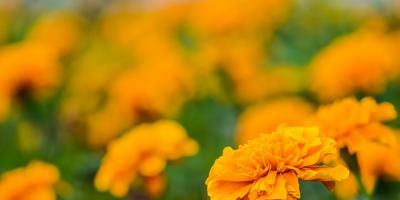 In early November 1970, a group of Soviet botanists examined the ruins of the Zvartnots temple in Armenia. Winter was approaching, all the vegetation faded, and all the flowers were long gone. In early November 1970, a group of Soviet botanists examined the ruins of the Zvartnots temple in Armenia. Winter was approaching, all the vegetation faded, and all the flowers were long gone.
|
|
|
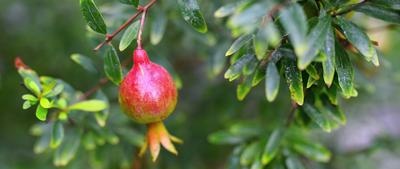 The pomegranate has everything red. And the fruits. And flowers. Stamens and pistils. And even leaves when young. Why such a catchy appearance? Flowers - counting on pollinators. Fruits for seed carriers. The pomegranate has everything red. And the fruits. And flowers. Stamens and pistils. And even leaves when young. Why such a catchy appearance? Flowers - counting on pollinators. Fruits for seed carriers.
|
|
|
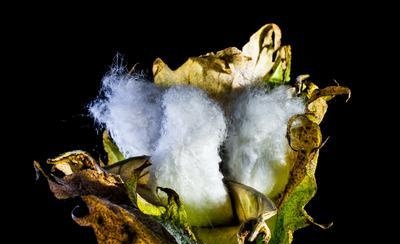 “The cotton grower sat in the grass, staring at the green stalks like a hunter in ambush. He greeted me with a silent gesture, as if I could scare the beast he was tracking, and invited me to sit next to him. There was a light, dry crackling in the bushes. “The cotton grower sat in the grass, staring at the green stalks like a hunter in ambush. He greeted me with a silent gesture, as if I could scare the beast he was tracking, and invited me to sit next to him. There was a light, dry crackling in the bushes.
|
|
|
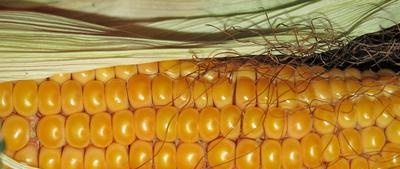 It is difficult to say how the inhabitants of the New World would have done if they had not had corn. At least they ate their favorite maize 7000 years ago. And when Christopher Columbus first set foot on the American coast, the Indians were already growing maize on a massive scale. It is difficult to say how the inhabitants of the New World would have done if they had not had corn. At least they ate their favorite maize 7000 years ago. And when Christopher Columbus first set foot on the American coast, the Indians were already growing maize on a massive scale.
|
|
|